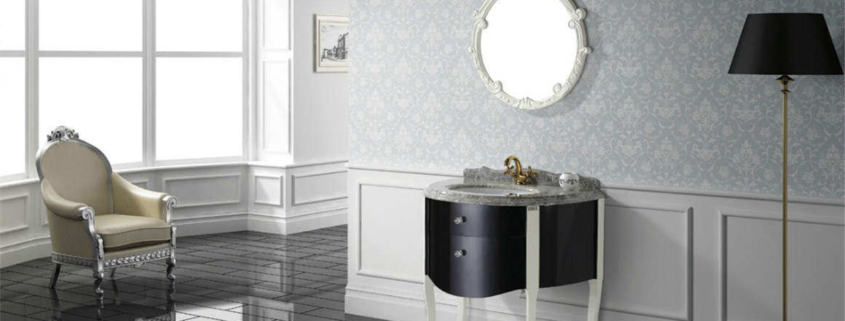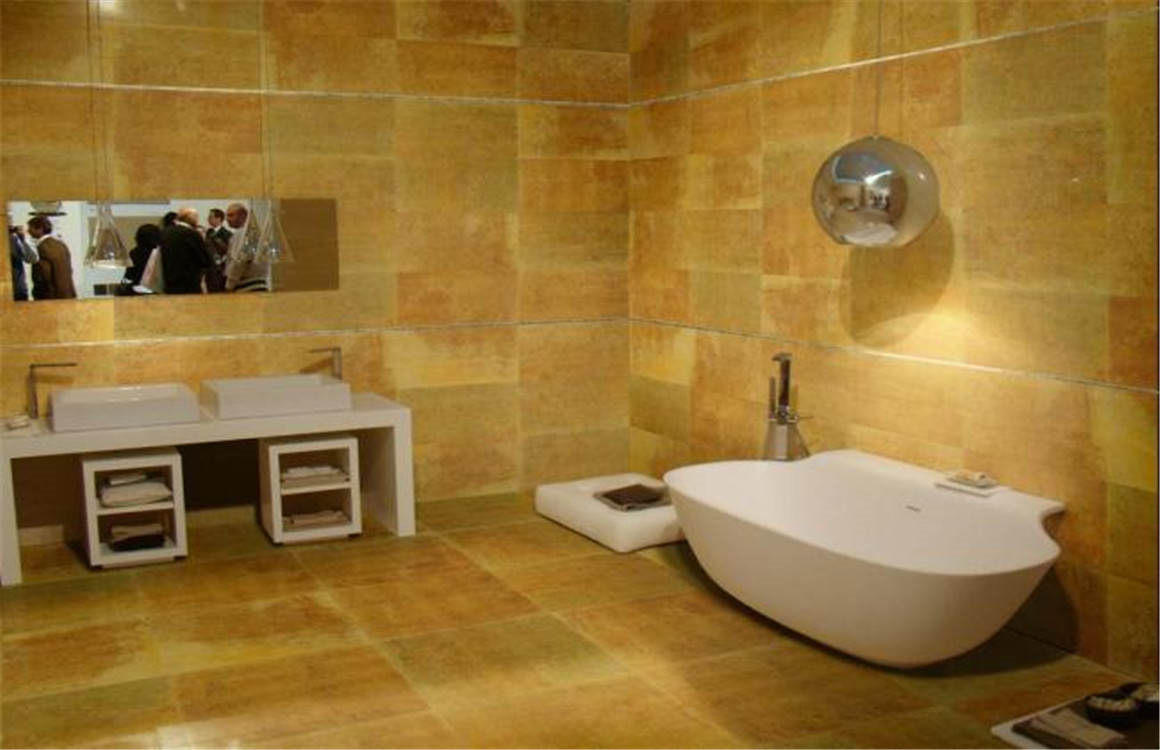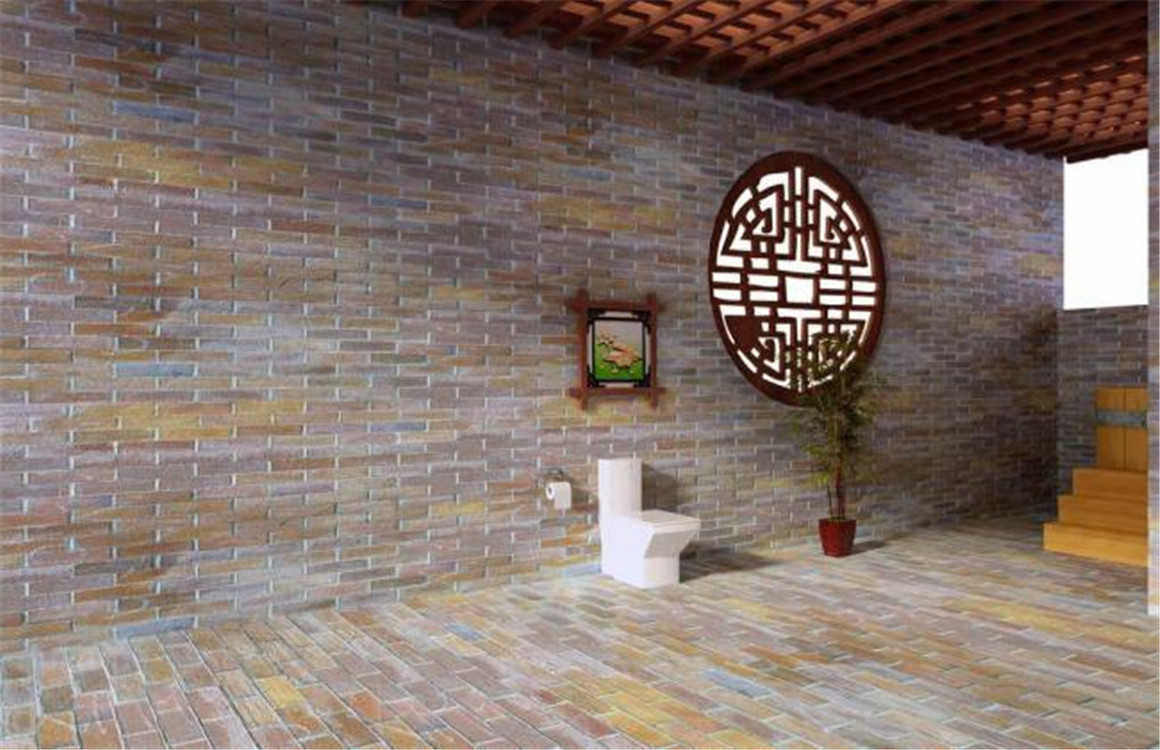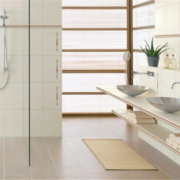How Replacing a Top-Mount Sink?
Remove the clips under the sink that hold it against the countertop. Many, but not all, sinks have clips underneath them that create a pressure connection against the underside of the counter. If your sink has them, loosen them either by hand or with a screwdriver. If your new sink requires clips, it should come with them. However, you may want to keep these old ones for the time being, just in case they might come in handy.
Cut any sealant between the sink and the countertop with a utility knife. Carefully run the blade of the knife between the rim of the sink and the countertop. Doing so will slice through the caulk or other sealant that secures the sink and countertop together. Work slowly and carefully so you don’t cut into the countertop, especially if it’s made of laminated wood. Of course, if you’re replacing the countertop as well, you can be as messy as you like.
Lift out the old sink from the counter. If you can get a good grip from above, you can lift it straight up and out. Otherwise, have a second person push up from below, then lift out the sink when it pops up. Once the old sink is out of the way, scrape away any residual caulk or sealant on the countertop. Use a plastic putty knife for scraping, then clean up any residue with a rag dipped in mineral spirits.
Install the faucet and drain on the new sink. You can either remove the faucet and drain from the old sink and reuse them, or buy a new faucet and drain to go with your new sink. If you are not experienced with this type of project, you may be better off with a new faucet and drain, since they will come with detailed installation instructions.
Faucet and drain installations will vary quite a bit based on the particular brand and model you select. However, with a good set of instructions, it is a project most DIYers can handle. Otherwise, contact a plumber. Apply silicone caulk to the underside of the new sink’s rim. Squeeze a steady strip of caulk all the way around the underside of the rim. This will hold the sink in place and prevent water from dripping down into the cabinet.















